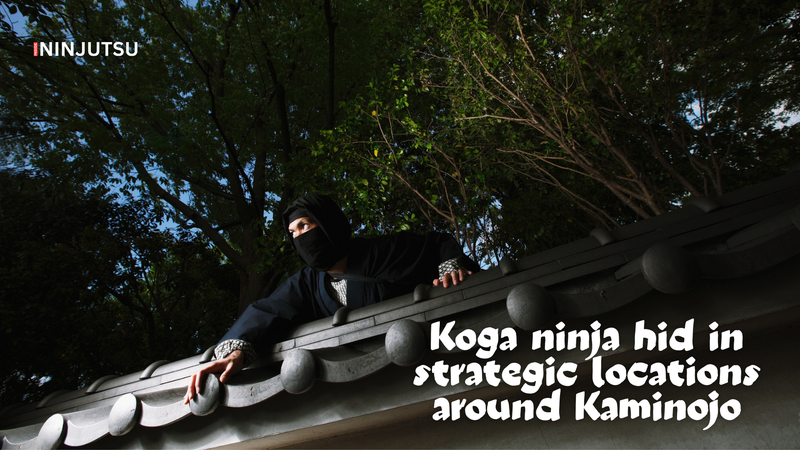
Night Raid at Kaminojo
PUBLISHED ON 1 AUG 2025
How Ninja Helped Tokugawa Ieyasu Save His Family and Forge a Shogunate
In the turbulent landscape of 16th-century Japan, survival often depended on not just power, but cunning, alliances, and the art of deception. In 1562, three names loomed large in the contest for supremacy: Oda Nobunaga, a rising warlord with dreams of unification; Imagawa Ujizane, desperate to retain control in the face of Nobunaga’s ambition; and Tokugawa Ieyasu, a man poised to alter the course of Japanese history—but only if he could walk a deadly political tightrope.
As historian Stephen Turnbull describes in his detailed chronicle Ninja, Tokugawa Ieyasu found himself in a perilous bind. Though he had allied himself with Nobunaga, outwardly he maintained the appearance of loyalty to the Imagawa clan. Imagawa, ever cautious, held Ieyasu’s wife and son hostage, ensuring that his loyalty was not simply a matter of words. For Ieyasu, this was a matter of both politics and personal survival.
The Opportunity: Kaminojo Castle
Ieyasu’s moment came when Oda Nobunaga ordered the seizure of Kaminojo Castle, a key stronghold controlled by Udono Nagamochi, a loyal retainer of the Imagawa. For Ieyasu, this was more than a military campaign—it was an opportunity to prove his allegiance to Nobunaga and regain his family. Success at Kaminojo would allow him to take hostages of his own and arrange a prisoner exchange before the Imagawa could exact revenge on his wife and son.

The Secret Weapon: Koga Ninja
Ieyasu called upon a specialized force: the famed Koga ninja, warriors of stealth, sabotage, and espionage. Known throughout Japan for their unconventional skills, the Koga men had mastered the art of infiltration and castle raids. Under the command of Tomo Yoshichiro Sukesada, the ninja prepared to strike under the cover of darkness.
As Turnbull recounts, the Koga ninja hid in strategic locations around Kaminojo, waiting for night to fall. When it did, they moved silently into the fortress. In a flurry of stealth and precision, they began setting fires to the castle towers, spreading chaos and fear among the garrison. The night sky lit with flames as the defenders realized they were under siege.

The Fall of Kaminojo
Panic ensued. The garrison collapsed, soldiers fleeing in disarray. Udono Nagamochi, the castle’s keeper, abandoned his post and hid near a prayer building, hoping to escape. He was soon discovered by Sukesada, who thrust a spear at the fleeing commander, ending the pursuit.
The aftermath was grim. 200 defenders were burned alive within the fortress. Others were captured. The Koga ninja had done their job with ruthless efficiency.
Ieyasu’s Gamble Pays Off
With Kaminojo in enemy hands, Ieyasu had the leverage he needed. Hostages taken from the Imagawa side were exchanged for his wife and son. Through bold action and the calculated use of ninja warfare, Ieyasu not only saved his family but also proved his loyalty to Oda Nobunaga, positioning himself as a rising power in the shifting sands of Japanese politics.
This moment marked a turning point for Ieyasu. His tactical acumen, coupled with the elite skills of the Koga ninja, set him on the path to eventually become Shogun of Japan, founder of the Tokugawa Shogunate that would rule for over 250 years.
The Legacy of the Koga Ninja
The raid on Kaminojo Castle remains a compelling testament to the role of ninjutsu in Japanese warfare—not just as legend, but as practical, high-stakes strategy. As Stephen Turnbull’s account shows, the ninja were not mere shadowy figures of folklore, but critical operatives in the power struggles that shaped Japan’s destiny.
For Tokugawa Ieyasu, the ninja’s fire and steel secured more than just a victory—it secured the future of a dynasty.






Add comment
Comments